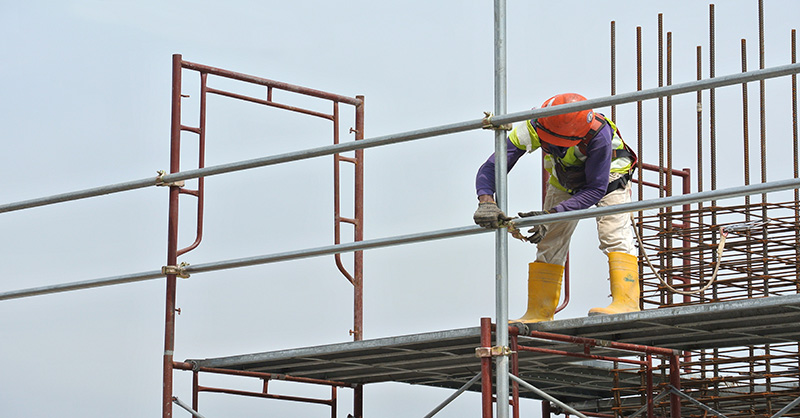Ergonomic Control Measures - Seated Work

Seated work is common to a wide range of occupations, including:
- administration/clerical/technical;
- benchwork;
- data processing;
- design/drafting/drawing;
- electronics assembly and repair;
- equipment/vehicle operation;
- inspection/testing;
- laboratory/research;
- machine operation;
- sewing; and
- small appliance assembly and repair.
The principal advantage of sitting versus standing while at a task is the reduced static loading on postural muscles. However, poor design of a seat-workbench system might actually increase static loading on some groups of muscles. Specific ergonomic control measures that should be implemented to eliminate, reduce or control excessive stress on seated workers include the following:
- Work surface height should be adjustable, with optimum distances of 27 to 31 inches above the floor for writing or light assembly work, or 26 to 29 inches above the floor for heavier tasks.
- Everything the worker needs to perform the task should be within easy reach (14 to 16 inches from the worker). An ideal work area arrangement is a semicircle around the worker.
- Items being handled should not require hands to work at a level more than six inches above the work surface.
- While performing a task, the worker's hands should be turned outward rather than inward.
- Pushing upward motions should be redesigned to pulling downward motions.
- Items being handled should not have to be lifted from the floor.
An ergonomic chair that meets the following criteria should be provided:
- The chair should allow the full range of motion required by the task.
- The backrest should be horizontally and vertically adjustable, padded and when properly adjusted, it should clear the top of the worker's hipbone.
- Height of the seat should be adjustable vertically.
- The chair should have five legs.
- The chair should be provided with casters, as long as chair movement does not present a hazard.
- A footrest should be provided.
- Armrests should be provided.
- Adjustment mechanisms should be easy to reach and operate.
- The seat should be padded with a porous, textured cushion.
- The chair should be adjusted so that the back of the worker's knee is at or no more than two inches above the height of the seat.
- The space between the edge of the chair and the back of the worker's knee should be between four and five inches.
- For some tasks, forearm supports should be provided.













